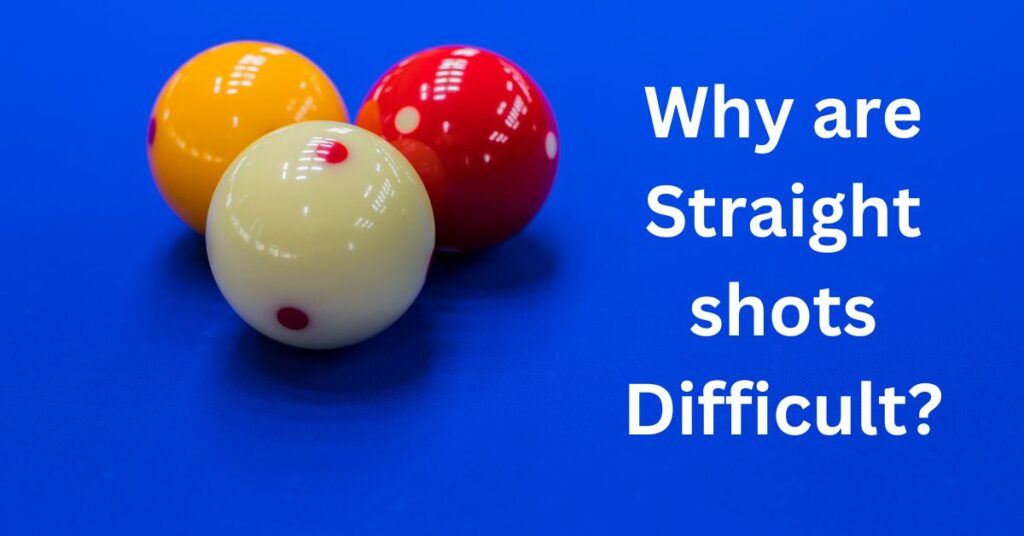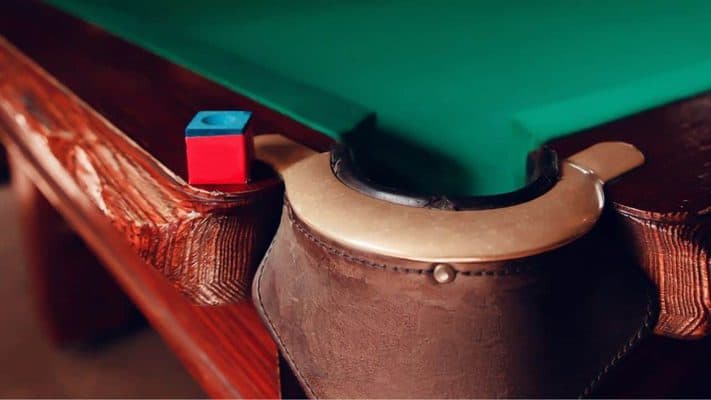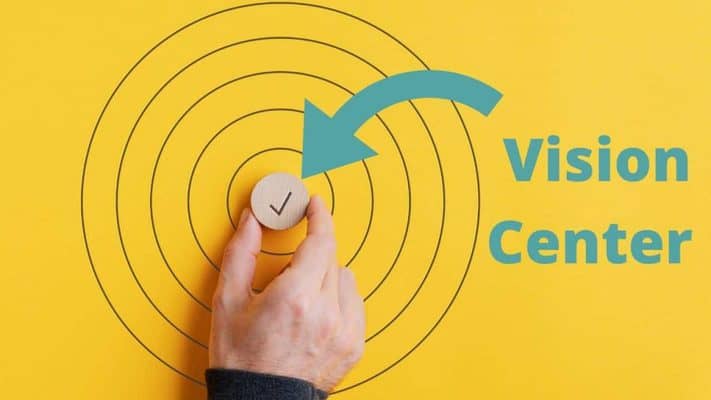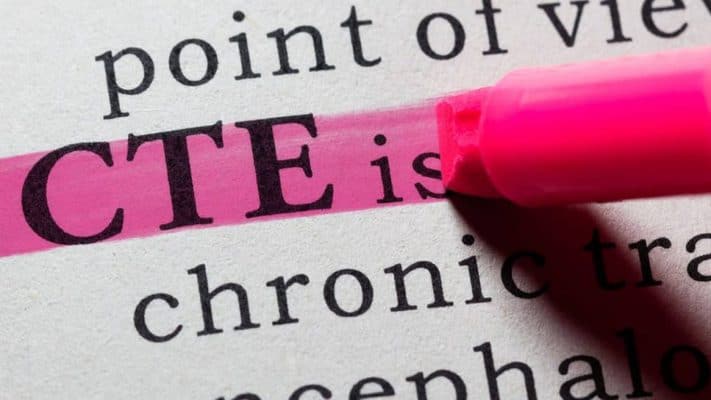If you’ve been playing pool for any length of time you’re probably aware yourself, or you’ve heard somebody else say how difficult it is to make a straight-in shot.
Most players do not relish the long, straight-in 8 ball for the match and are filled with trepidation at the mere thought of shooting one in front of an audience.
Not only that, but they are also acutely aware that this problem has plagued their whole pool playing career.
But What Makes Straight shots so difficult?
You may not like my advice but I am pretty sure that it is correct. Technically the straight shot should be the easiest of all pool shots to play.
After all, it’s only one of two shots where we have a proper objective guide. The shot line is the center of the cue ball through the center of the object ball to the pocket.
Anyone can see this even a complete beginner, and in an ideal world, making a straight in shot would be easy for everyone:
- Straight line
- Straight Aim
- Straight stroke
So if the player looks down the shot line, through the center of both balls to the center of the pocket and puts their cue on that line delivering a straight stroke they will make the ball ten out of ten times.
Everyone is probably in agreement up to this point!
Why this Doesn’t Work in Many Cases?
I had a good look around for more information on this subject but the answers I read didn’t seem to cover the problem. Is there is something special going on with this shot that does not happen on all other shots?
For example:
- Straight shots are technically more demanding…..really!
- Inaccurate, off-center, cueing causes more “throw” on straight shots….does it?
Cueing Straight and the Vertical Axis
Vertical axis perception is the way that you see the center of the ball, which may be different from other pool players that you know. As Snooker or pool players, we all think that we know where the center of the cue ball is but are we really hitting the cue ball in the center?
Let me ask you this….
Can you see the middle of the ball? Yes.
Can you imagine a line through the center of both balls to the center of the pocket? Yes.
Can you cue straight? Yes.
So why do you miss?
You Probably Don’t Cue Straight!
You are probably well aware that not many people actually cue straight.
Most players make a subconscious adjustment to their strokes in order to make balls. Sometimes it’s a chicken wing or an obvious flinch but sometimes it’s more subtle. But it doesn’t matter on angle cut shots, which make up the vast majority of all shots on a pool table.
It doesn’t matter because you are used to hitting the ball in that way and your eyes do not see a problem.
Problem = Conflict
Even if you are using an aiming system, you are probably making a small but significant pool cue stroke adjustment.
The difference with straight shots is that you can see that you are not inline prior to making a subconscious adjustment.
The Straight in Shot Conflict
So when these players are cueing up on cut shots with their cue tip up against the cue ball, they make a subconscious adjustment to the stroke in order to make the ball.
However, the problem is that on a straight shot because they have a definite aim point, they override their subconscious adjustment in an attempt to play the ball straight. Its like our eyes are trying to argue with years of experience and that causes conflict.
What does that mean?
When players get ready to shoot a long straight shot, the visual information being transmitted to the brain disagrees with their subconscious experience. In other words, their visual input is in conflict with their subconscious experiences.
In such situations most players go with their visual information, overriding their experience, which will cause them to miss the shot.
Why this Results a Missed Straight Shot?
As I said above most players subconsciously adjust their stroke at the last split second. This means they are aiming in the “wrong” spot but then they strike the correct point on the cue ball.
If a player overrides this method with an extra visual input, they will now be lined up with the “right” spot and then strike the ball at the wrong point.
What about Playing Under Pressure
This problem gets worse in pressure situations because of a problem known as “explicit monitoring.”
Explicit monitoring is a reaction to pressure that causes the player to attempt to control all of their actions consciously. The more pressure, the more the player tries to control the outcome.
To the billiards and pool player, it is as if the situation is way too important to trust the subconscious processes which have been trained for thousands of hours.
Not surprisingly this results in a miss and a loss of confidence in the player’s ability to shoot straight.
What Can be Done to Fix this?
The conscious mind is very powerful but does not have the capacity to adequately control more than a handful of simple actions at the same time.
Learn to trust your stroke on all shots. Rely on your stroke and don’t override your first decision which will usually the right one.



